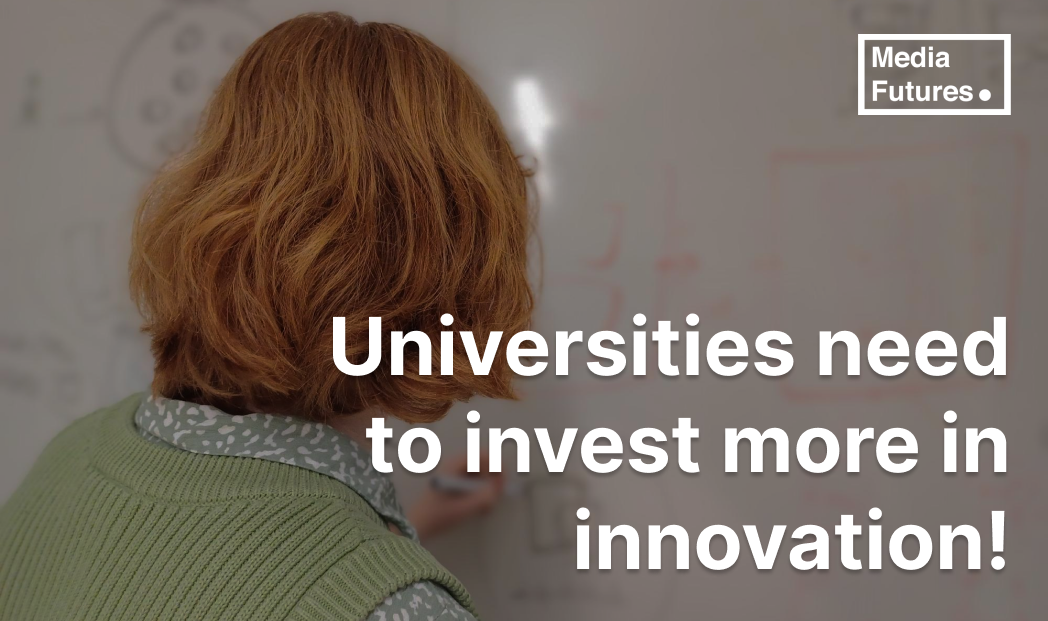Norway is lagging behind our neighboring countries in terms of innovation and artificial intelligence. This is due to a lack of cross-political engagement, a conservative research structure, and insufficient practical implementation of concrete measures that require collaboration between academic institutions and industry. There is a clear lack of political will and effective execution.
To address these issues, universities must break out of their traditional roles and invest more in innovation. It should be one of their core missions to support the development of ideas into products, services, and spin-offs. This would allow the institutions to achieve additional returns on their resources. A prime example of success is Kahoot, which started as a spin-off from NTNU. The company has been valued at several billion kroner and contributed to a profit of 1.8 million kroner for the university in 2014, according to the university newspaper.
Unfortunately, many other promising ideas die at the idea stage due to a lack of structures that promote development. Germany and Austria, for instance, have understood the potential of allowing students and staff to work closely with industry through courses, assignments, and placements. More than 80% of companies collaborating with universities in these countries create market innovations through their activities. This collaboration yields significant results and is a key reason why these countries are leaders in innovation.
Norway needs similar initiatives to stimulate innovation and increase competitiveness. One of the key challenges is artificial intelligence (AI), which could potentially increase Norway’s GDP by 320-350 billion kroner in a peak year, according to a study by Implement Consulting Group conducted for Google. However, a significant barrier is that the business sector is not sufficiently utilizing AI in daily operations, as pointed out by Digitalization Minister Karianne Tung. The report “The Nordic Race” from IKT Norway highlights the low number of AI patents in Norway, underscoring the need for a structural cultural change.
Norway suffers from a skills shortage, particularly in entrepreneurship and commercialization, which slows down the development of new innovative companies. Generative AI could potentially boost Norway’s GDP by 9% over ten years, highlighting the need for a broad and cross-political commitment to innovation, similar to what we see in Finland. According to Kari Øritsland, Senior Business Developer at VIS, Finland’s success is rooted in a consensus at the highest political level, ensuring that measures are targeted and the commitment is comprehensive.
At the University of Bergen (UiB), we support research-driven ideas through collaboration with Vestlandets Innovasjonsselskap (VIS), which identifies and develops commercially viable concepts from research projects. Together with VIS, MediaFutures develops patents and spin-offs, with one-third of the profit returning to the university. As Espen Rostrup, who leads research-based innovation at VIS, further explains, UiB covers the costs for VIS’s services, meaning the inventor incurs no expenses. This support includes assistance with business development, intellectual property, and legal aid. Additionally, projects can access commercialization funds from the Research Council of Norway (NFR) for the improvement, testing, and verification of inventions. VIS plays a crucial role in translating research into market-ready innovations, ensuring practical application and societal value creation. This support is essential for overcoming barriers and bringing our innovations to the market—an approach that could benefit many across the country.
To truly foster innovation, we need to think outside the box. Universities must collaborate more with the business sector and support innovation at all levels. The government, in turn, must provide stronger incentives for such cooperation. It’s about creating structures that allow good ideas to develop into valuable products and services. With cross-political consensus, increased investment in innovation, and closer collaboration between academia and industry, Norway can compete on par with our neighboring countries. Let’s create a future where Norway leads in innovation.

